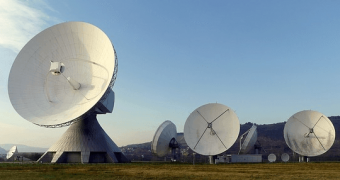While there were a lot of sceptics surrounding the implementation of the new Trai tariff regime which went to effect on March 31, 2019, there was also a little talk about positive long term effects of this implementation. Now that the DTH and broadcasting industry is nearing full integration with the Trai regulatory framework, we are slowly getting to see the positive ripples of the new Trai tariff regime. The new data about the DTH industry also supports the claim as the Trai data highlights growth of 2.8% in the first quarter of 2019 and a total DTH subscriber count holding up at 72.44 million across the five major DTH operators of India.

Tata Sky and Dish TV Register Positive ARPU and Subscriber Growth after Trai Regime
The positive effect has not only been seen on the subscriber count front but has also reflected in the revenue as well. The DTH operators are also seeing a rise in the average revenue per user (ARPU), which is a crucial industry parameter. The DTH branch of Bharti Airtel, Airtel Digital TV reported growth of ARPU to Rs 233 which was 0.6% up quarter on quarter. In the first quarter, January-March quarter of 2019, Dish TV also saw an addition of 47,000 subscribers. Courtesy of these new subscribers, Tata Sky’s revenue also saw a surge of 8.11%. According to the top management of almost all DTH providers, the companies have seen a positive surge in both subscribers and revenue metrics.
As per CEO and MD of Tata Sky, Harit Nagpal, DTH platforms provide an ease as compared to other platforms when it comes to choosing channels, which is a tedious process. On same lines, Sukhpreet Singh, corporate head — marketing, Dish TV commented that Trai’s efforts to drive the industry towards a positive avenue have also led to its growth. As per Singh, the launch of affordable and attractively priced set-top boxes and the targeting of DD free Dish subscribers with the help of bundled acquisition offer has also helped in Dish TV’s subscriber growth.
Growth for DTH Operators at the Cost of MSOs Post Trai Mandate
In the regime, the MSOs have also lost share to DTH operators. As per a media analyst, “ARPU for DTH has come largely in line with the MSOs. Furthermore, the delay from MSOs’ end in implementing NTO due to a lack of cooperation from local cable operators is making consumers switch to DTH.” It is also worth noting that true 100% transition to the new Trai tariff regime is still pending and is on the way. As per same of the other analysts, the dust would take at least three to six months to settle after which we would be able to derive substantial results about the effects of the new Trai tariff regime.















